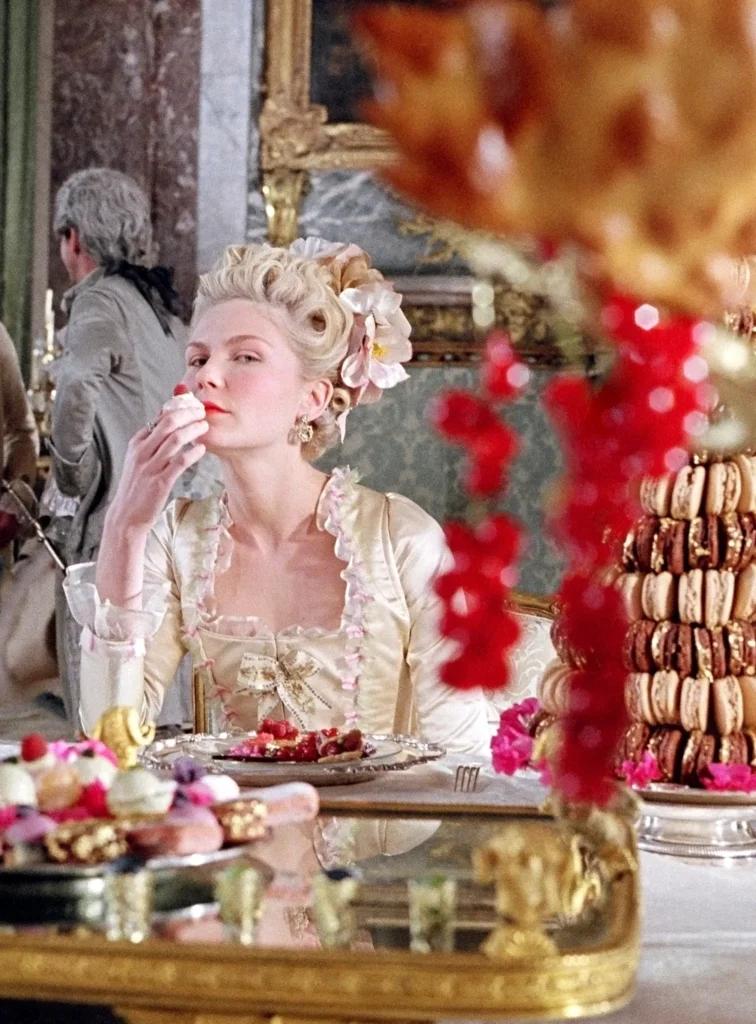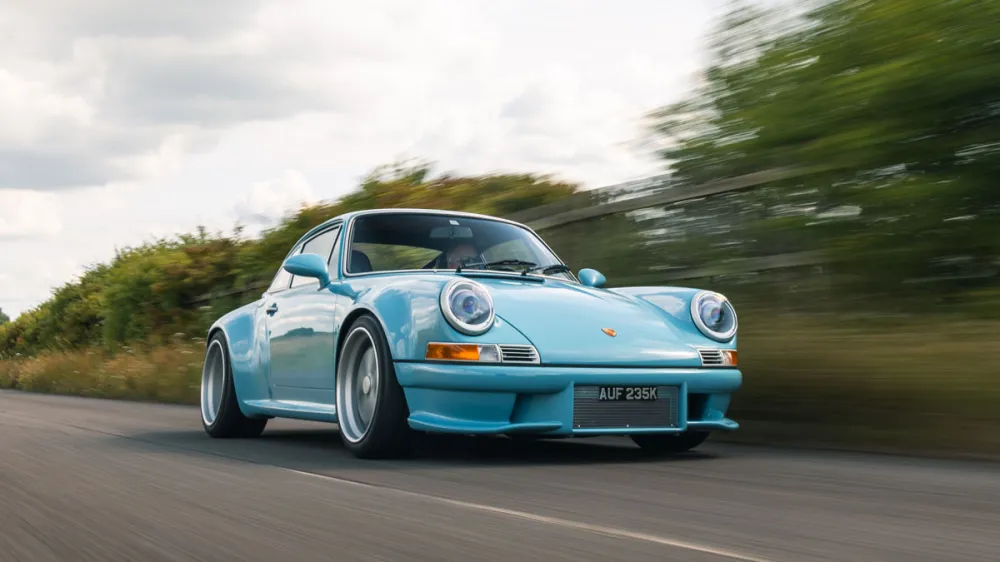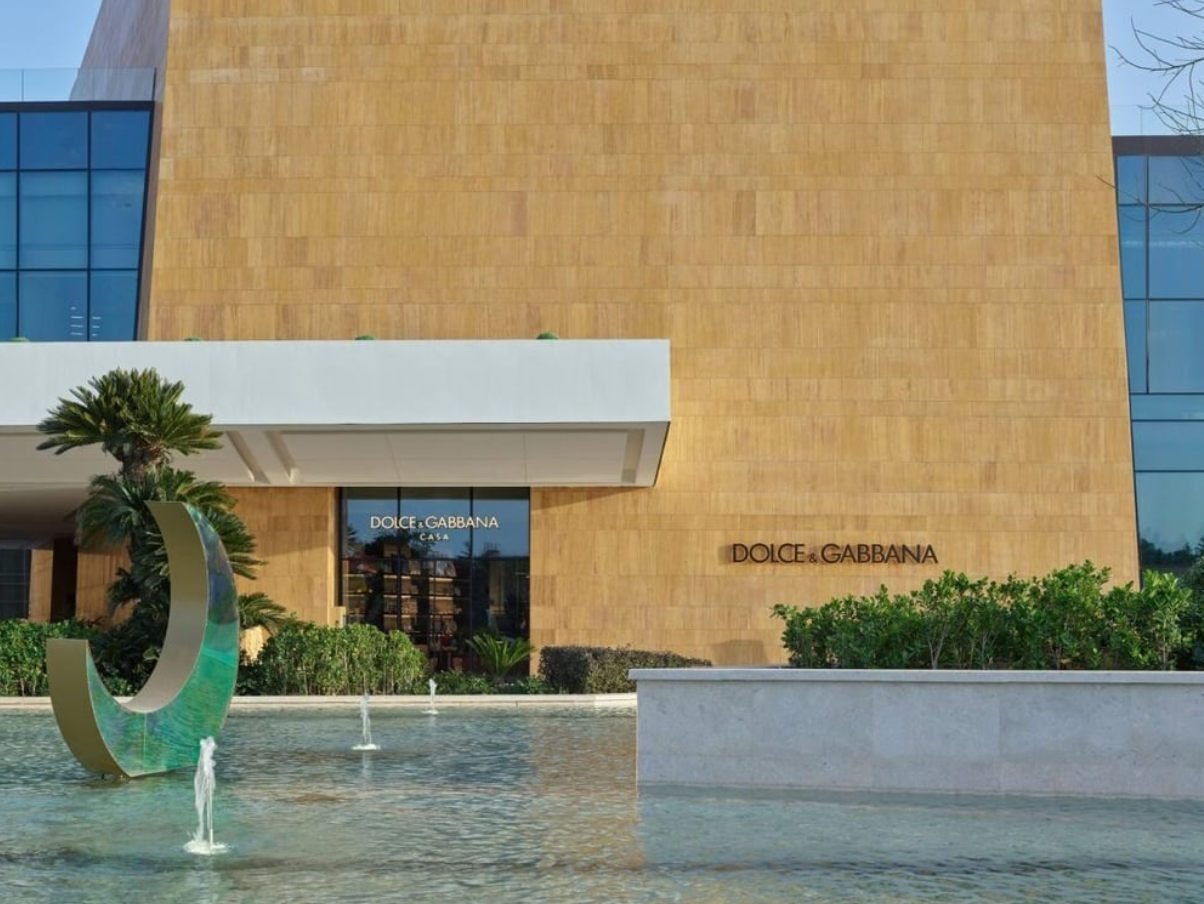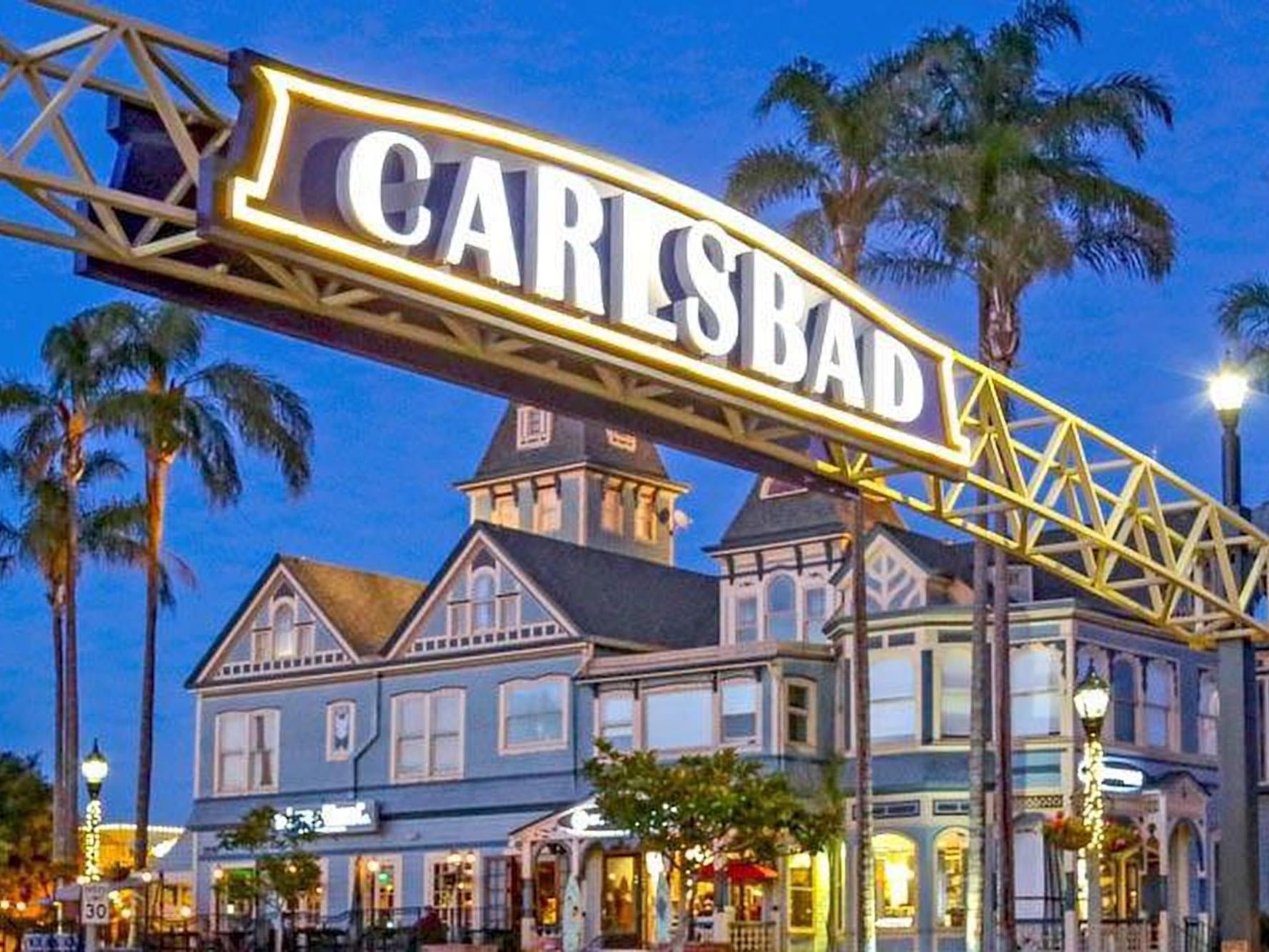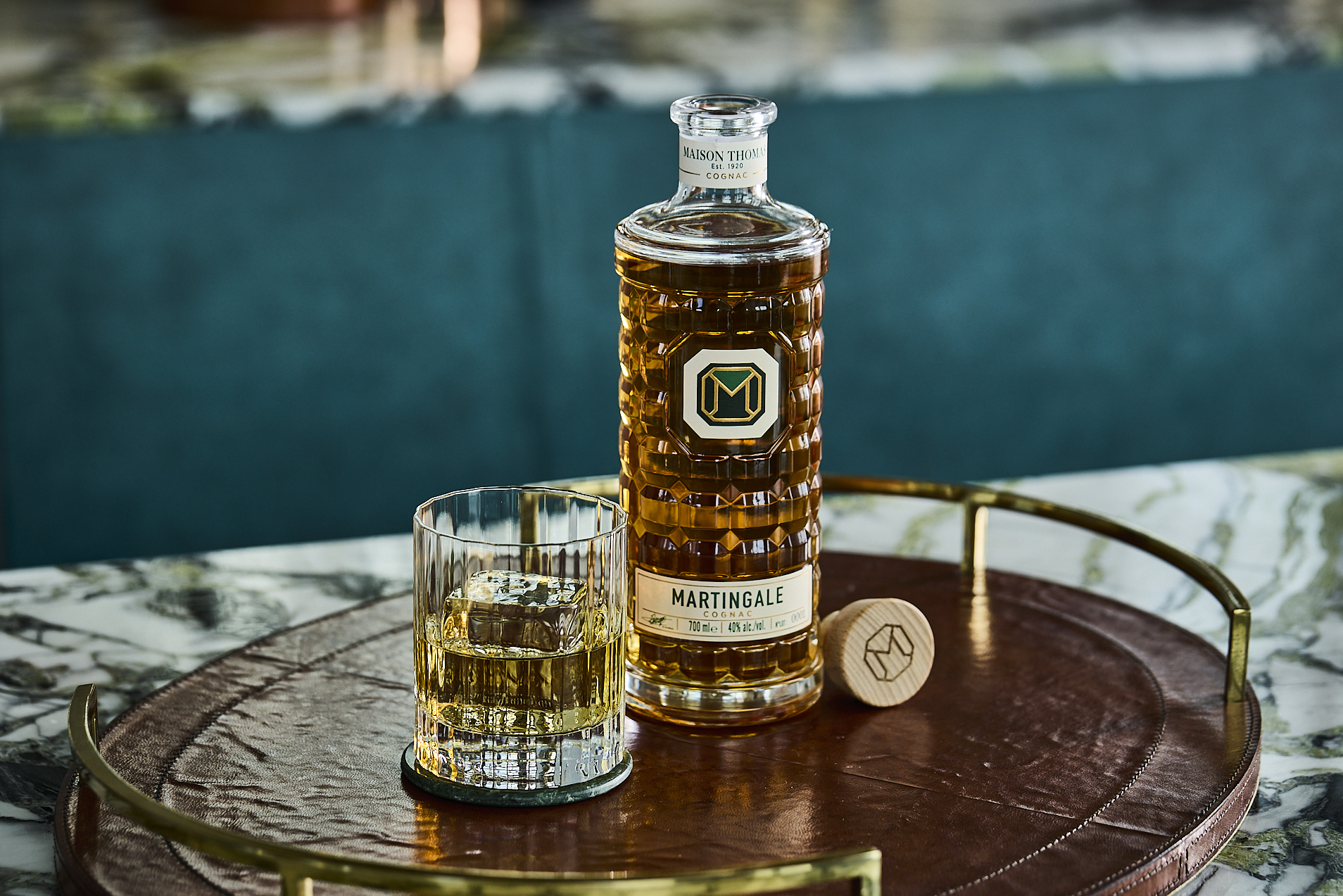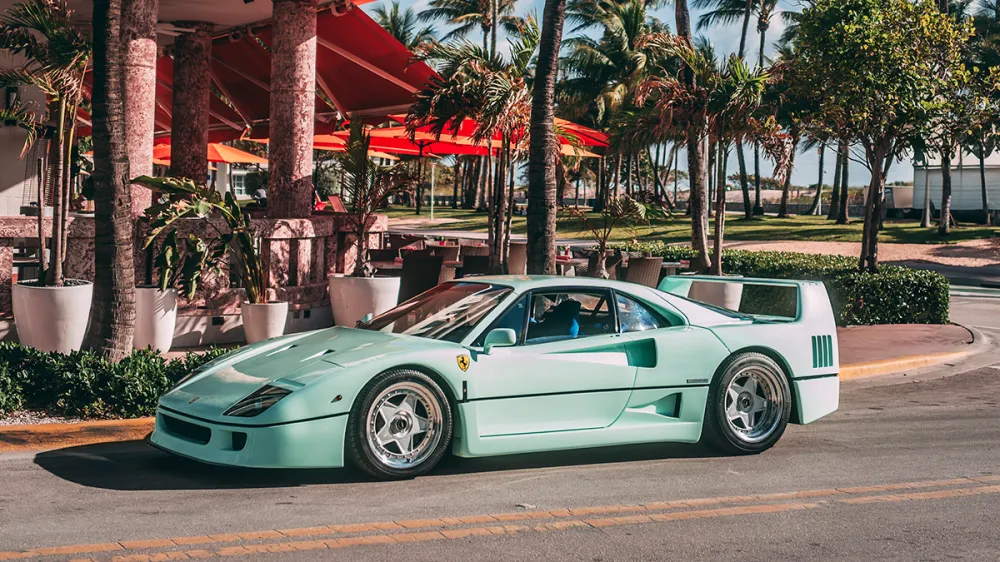Back in the late 1990s, you could hardly enter a mall or high school without being overcome by body spray and vanilla perfume odor. Thus, it should come as no surprise that we’ve “created the perfect environment for the resurgence of vanilla as a perfume note,” given our current fondness for Y2K nostalgia (as well as mom jeans, biker shorts, ballet slippers, and headbands), according to Yarden Horwitz, co-founder of Spate NYC. This artificial intelligence platform employs data science to forecast beauty trends.
Google searches that include vanilla now average 138.6K a month, according to Spate, with a gain of 22.1 percent year over year (the most significant positive change for any fragrance note)—and the hashtag #vanillaperfume on TikTok is generating 4.4M average weekly views.
However, modern vanilla is more sophisticated than most overly sweet varieties we smelled in the 1990s. Horwitz claims that modern manufacturers are reinterpreting vanilla differently from the low-brow vanilla perfumes of the past.
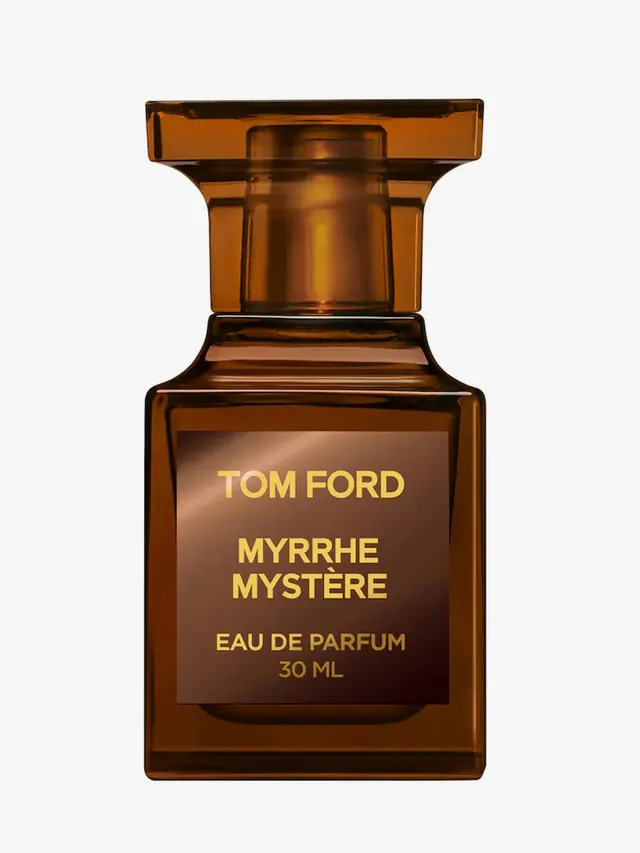
The first fresh, modern vanilla perfumes to attract prominence were creamy, smooth mixes, such as Skylar Vanilla Sky, Kayali Vanilla 28 By Rosie Jane Dulce and Ellis Brooklyn Vanilla Milk. These fragrances mostly honored the rich, practically edible aspects of vanilla that we are all familiar with. Still, they enhanced the note with cozier ingredients like cinnamon and sandalwood, creating an effect that was sensual and reminiscent of skin aroma.
“Today’s vanillas are sophisticated, sophisticated, and even challenging,” adds Ellis Brooklyn creator Bee Shapiro. “I personally celebrate this change in direction because I adore sophisticated, sensual scents that aren’t afraid to take chances.”
Horwitz notes that as vanilla’s appeal grows, so do “searches for gourmand fragrances.” Although gourmand need not be sugary, for many customers, it means an attractive, sweet, and delicious scent. According to Horwitz, this trend also probably explains the rising appeal of other food notes, such as caramel, bourbon, and nuts (see Sol de Janerio’s best-selling Brazilian Crush mists and D.S. & Durga’s immensely popular Pistachio Eau de Parfum).

Besides bringing back memories, vanilla could also be popular right now due to its universal appeal—in a world where opinions diverge more, most people can agree on one thing: it smells lovely.
According to Frank Voelkl, a lead perfumer at Firmenich, which creates scents for companies including Gucci, Saint Laurent, Ellis Brooklyn, and Burberry, “we are getting lots of interest in vanilla from our clients.” “And I think one reason for its comeback—and we’ve confirmed this in a study we did with consumers—is that it elicits very positive, comforting feelings.”
Science supports Voekl’s claim as well: vanillin, the primary ingredient in vanilla extract, was rated as the most pleasant smell in the world in a research published in Current Biology last year.
In contrast to its more subdued, gentler predecessors, a second crop of vanilla mixes is coming this autumn and is playing it significantly less safe. Though they, too, include vanilla prominently, their smells are more akin to intoxications than consolation. Additionally, they are more inspired—consciously or unconsciously—by older, more robust, ambery vanilla scents than Y2K body sprays, such as Guerlain’s famous Shalimar or Tom Ford Tobacco Vanille.
The fact that more individuals are looking at using vanilla testifies to its adaptability, according to Horwitz. Additionally, customers are becoming more receptive to a less conventional vanilla scent, given the surge in interest in fragrance over the past few years.
Adds Horwitz, “These new, more intense takes on vanilla may also result from an ongoing desire for stronger, more enduring scents.” “We noticed a greater interest in strong fragrances during the height of the pandemic, like Ariana Grande Cloud and Maison Francis Kurkdjian Baccarat Rouge 540,” says Horwitz, who speculates that this was likely partly caused by the fact that Covid left many people with a (temporarily) diminished sense of smell. However, Horwitz asserts that the need for more excellent smells is enduring, much like the fragrances themselves.
The new class of more potent mixes includes Parfums de Marly Althaïr and Tom Ford Myrrhe Mystère, which combine a high dosage of woody amber with vanilla to create results that are rich and potent, much like Baccarat Rouge 540.
The brand that gained popularity earlier this year with the Pistachio Eau de Parfum, Deep Dark Vanilla, is likewise unabashedly strong. The fragrance is rich and dark, combining vanilla absolute and vanilla leaves with notes of pink pepper, cabreuva, orchid, vines, cypress root, and black patchouli. David Moltz, the creator of D.S. & Durga, says, “I wanted to create a perfume that was based on the material of vanilla absolute in all its rich smoky depth.” “Real vanilla beans have a dank, fermented flavor that I find more intriguing. Often we scent vanilla fragrances that are more dessert-like.”
To “avoid the clichés of sugary sweet vanilla,” Boy Smells co-founder Matthew Herman blended Madagascar-sourced vanilla absolute with sultry black amber, coffee complete, smoldering frankincense incense, black peppercorn absolute, papyrus absolute, iso-e super, royal white tulip, and saffron in his new Vanilla Era.
Herman states, “I’ve always felt nostalgic for vanilla from the 1990s and early 2000s, but it wasn’t something I felt was cool or modern.” “Therefore, even though I adore the way that era continues to influence fashion, music, and culture today, I wanted to reframe that nostalgia for vanilla by giving it newfound depth and a contemporary identity.”
Burberry Goddess, on the other hand, takes vanilla to new heights with its three distinct notes:
- A woodsy, bright vanilla infusion.
- A sweet, almost animalistic vanilla caviar (called Firgood, a unique extract only available at Burberry).
- A rich, black vanilla pure.
Perfumer Amandine Clerc Marie added vibrant lavender diva essence from Provence, chocolate, and ginger roots to Goddess to balance the vanilla triad.
According to Clerc Marie, “vanilla is the main actor in Goddess.” “Vanilla is the most seductive ingredient, so I picked it. It has many facets; it is robust, cozy, gentle, and mysterious. It truly embodies a woman’s aroma because she is also so complex.
Naturally, vanilla is not exclusive to women. Clerc Marie refers to it as a “universal addiction” for all variations, ranging from delicate gourmet to striking amber. It’s one of those seldom sounds that gets a good reaction from everyone, she claims. “It’s in breast milk, too, so perhaps we’re indoctrinated to like it from birth,” the speaker added.
Conclusion
- A new wave of vanilla fragrances is experiencing a resurgence, driven by a Y2K nostalgia trend and a shift toward more sophisticated, modern interpretations of vanilla notes.
- Google searches for vanilla have increased significantly, and TikTok’s #vanillaperfume hashtag generates millions of weekly views, reflecting a growing interest in vanilla-scented products.
- Modern vanilla fragrances are described as sophisticated, sensual, and even challenging, featuring combinations with cozier ingredients like cinnamon and sandalwood.
- The versatility of vanilla, its universal appeal, and the positive, comforting feelings associated with its scent contribute to its popularity, with a new class of intense vanilla mixes emerging in response to the demand for stronger and more enduring fragrances.

